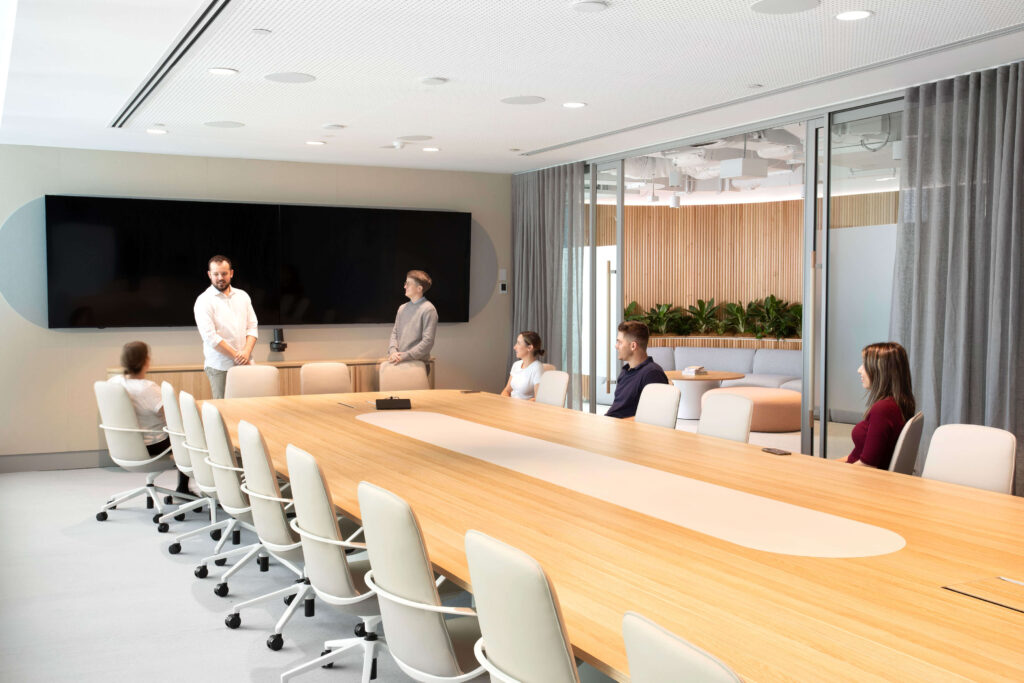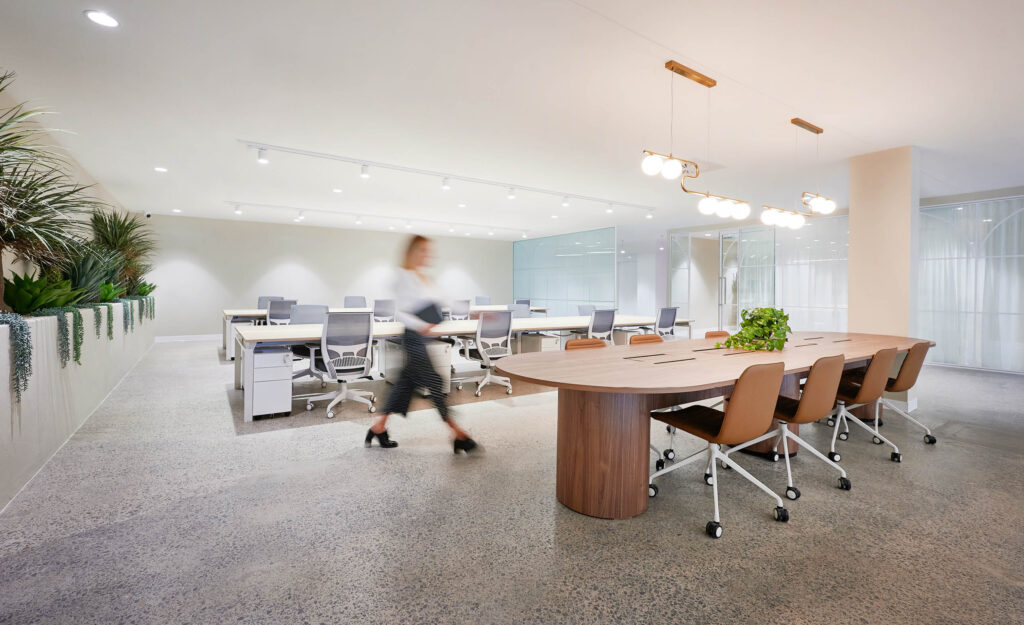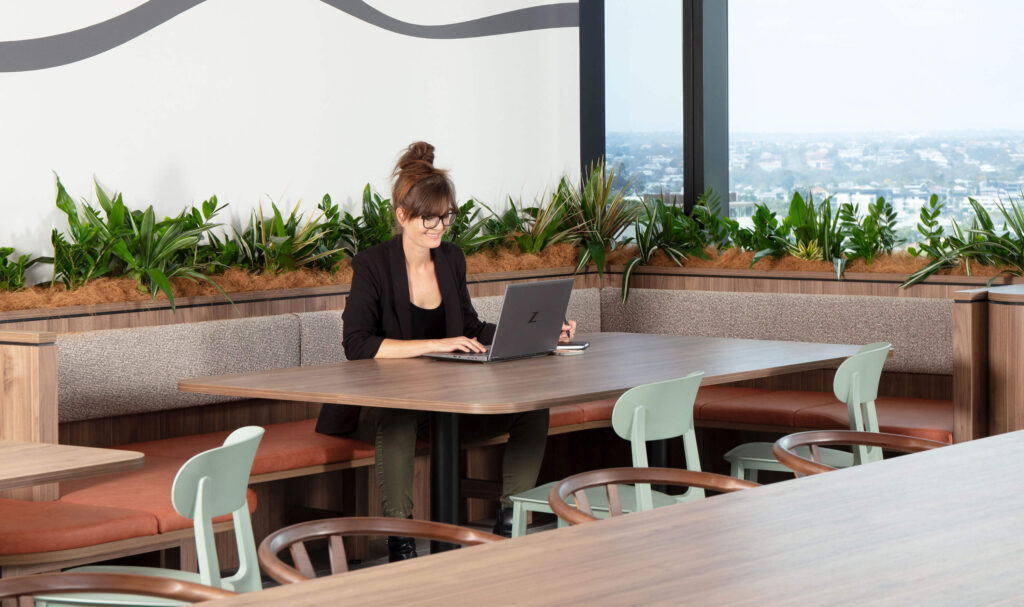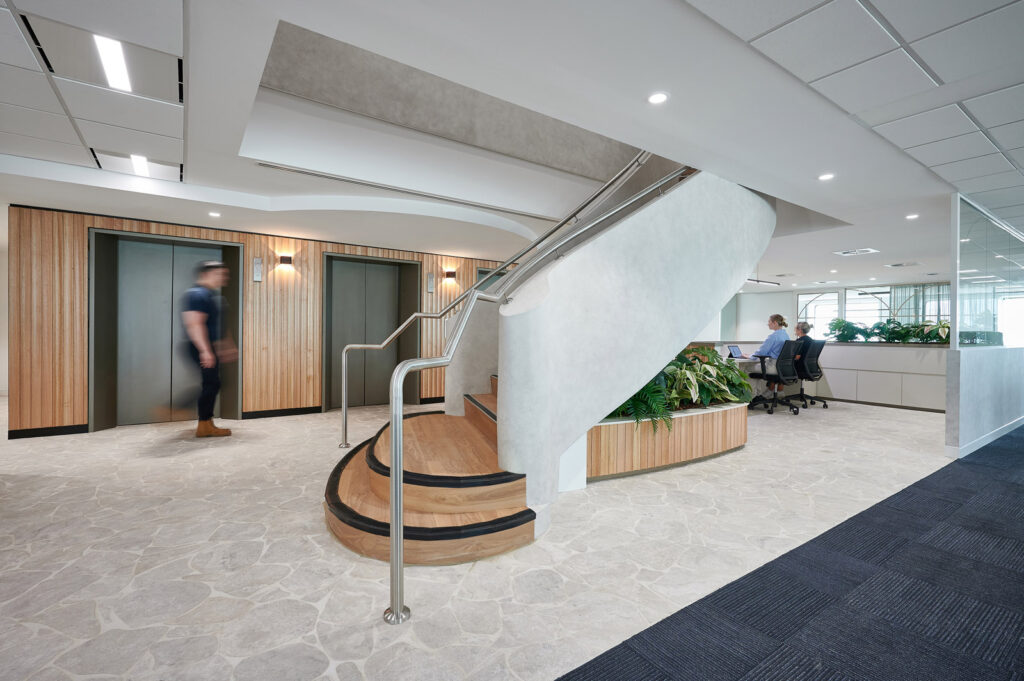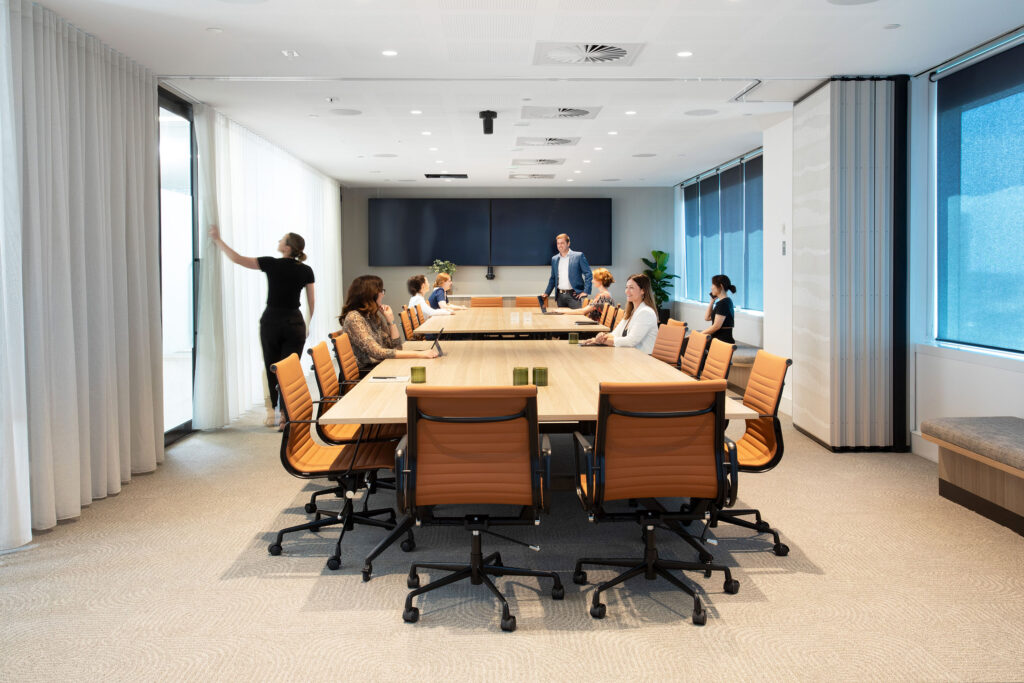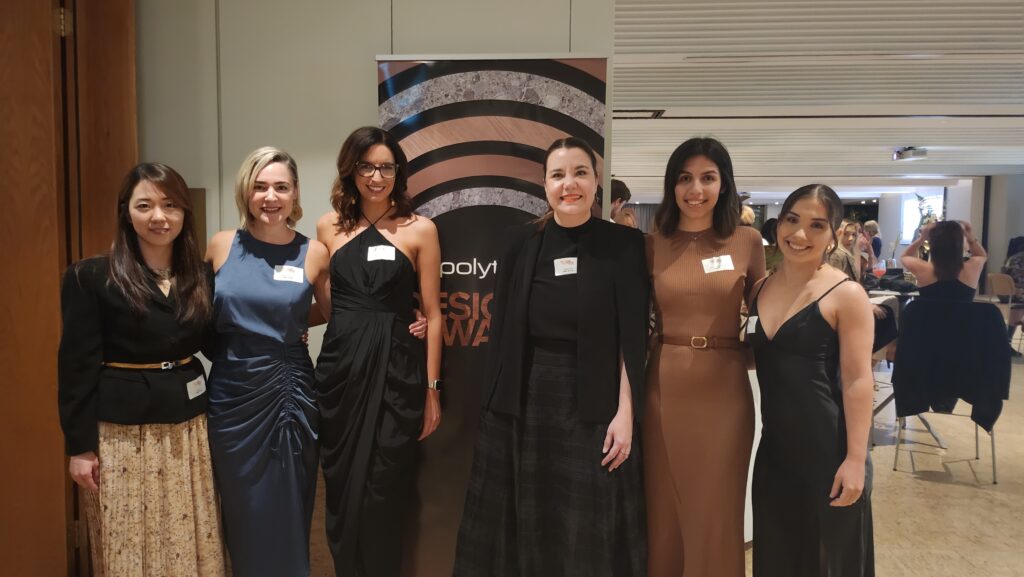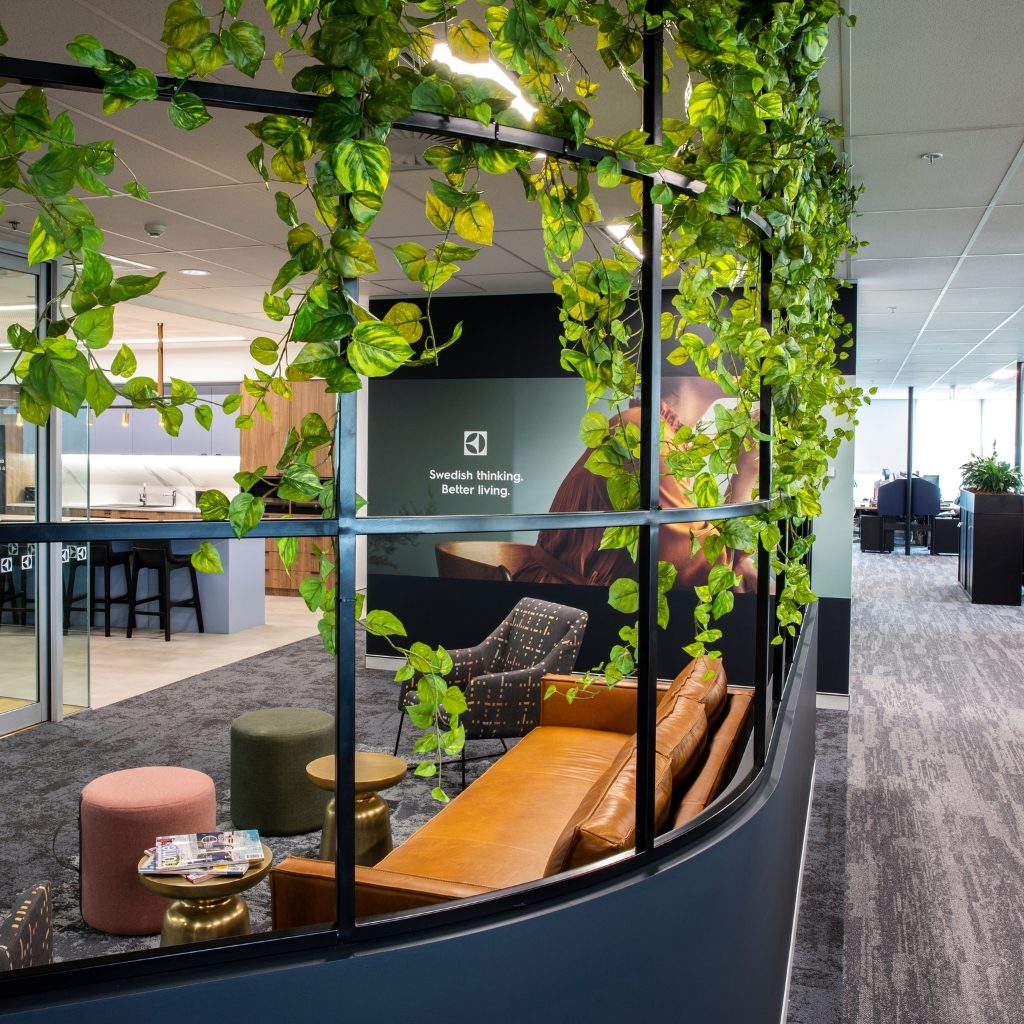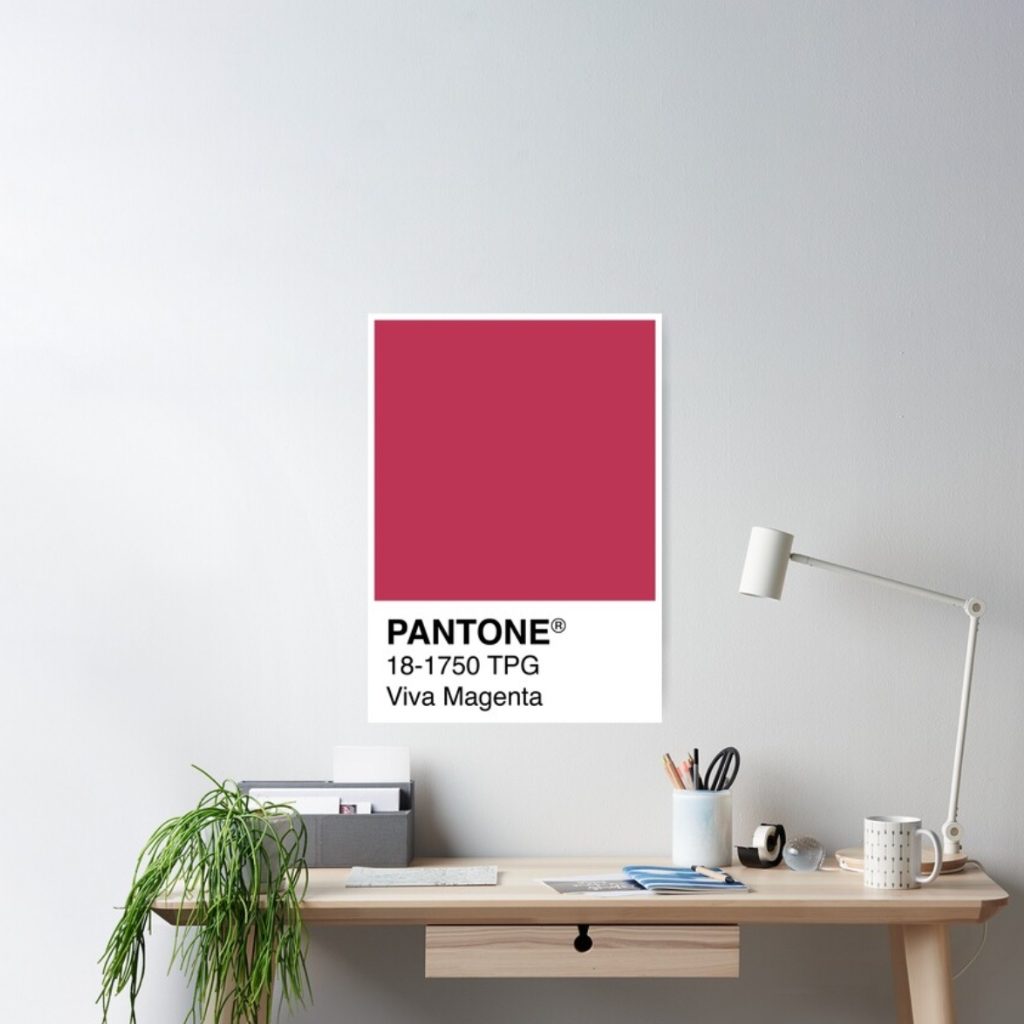Collaborative Spaces That Work
- by PMG Group

Office design is continually evolving and improving. The advent of wireless technology has allowed office design to be revisited and staff is no longer tied to a desk with a landline or desktop computers. The new millennia could see us all working from our mobile phones and hand-held devices. Whilst most offices consist mainly of work stations, the effect of changing technology on design has been remarkable.
Comfort and collaboration have become the order of the day. As the days spent at work get longer, staff are looking for more dynamic spaces to work and meet. This allows staff to choose the environment that best suits their work-output for the day . These spaces come in a multitude of design and configurations, leading to an explosion of innovative designs. Overall all spaces must be flexible and useful to the business outcomes of the company. The look and feel should resonate with the ethos of the staff so that it will be embraced and utilised.
Collaboration zones aren’t confined only to the office area. To maximise the use of space evenly across a fit out, breakouts and reception areas used are now designed as informal meeting areas. Even corridors are activated with narrow set down or bump zones where staff can have an impromptu meetings. Long gone are high walled cubicles that used to dominate the office landscape, they have been replaced by a multitude of individually designed spaces each with their own identity and flexible with their use.
